 When Bruce Cloney responded to an ad in a newspaper 35 years ago, he wasn’t even sure what the position was. Three decades later, it’s fair to say that phone call changed his life. Bruce spotted an opportunity for ‘door guys’ to adding locksmithing to their tool box, and now he’s helping locksmiths through the same door (albeit the opposite direction) to aid personal and professional development and add to their profits…
When Bruce Cloney responded to an ad in a newspaper 35 years ago, he wasn’t even sure what the position was. Three decades later, it’s fair to say that phone call changed his life. Bruce spotted an opportunity for ‘door guys’ to adding locksmithing to their tool box, and now he’s helping locksmiths through the same door (albeit the opposite direction) to aid personal and professional development and add to their profits…
If I go all the way back to the beginning of this “door guy” experience, I would reflect to a job search back in early 1988, using the newspaper. There was a help-wanted ad for an automatic door technician, with a toll-free number. Of course, I’m dating myself because has anyone done a job search in a newspaper in the past 5-10-15 years?
When I responded to the ad, I assumed this was for an overhead garage door job. Because the company was very small, the owner answered the phone. By the end of the call, all I knew was that sounds like a great job and I wanted it. You just drive all over the place in a company van, and repair doors in supermarkets, retail stores, hospitals, etc. Instead of being locked in a factory all day I would be paid to drive around and be in a respected role, like an ‘on-the-spot hero’.
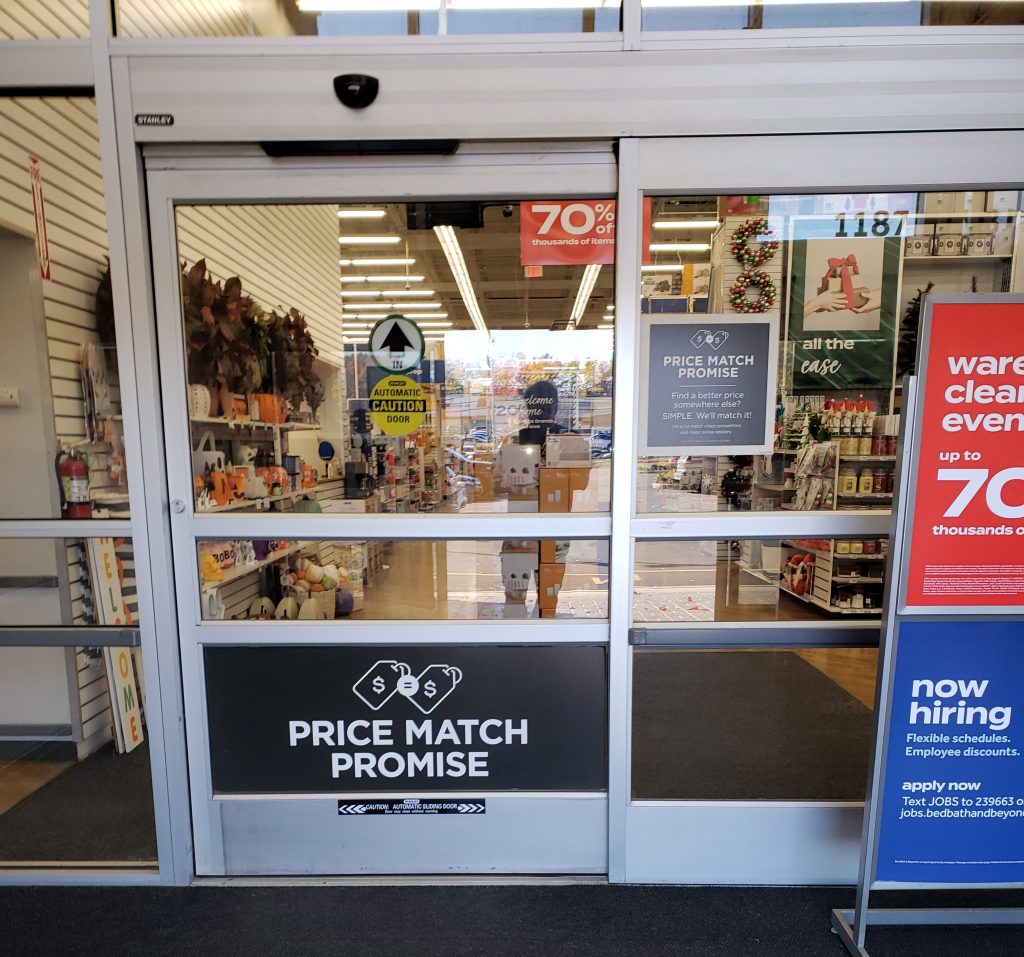
I got the job and for 32 years, it has been very good to me. I have worked for major manufacturers such as Stanley, ASSA Abloy and others for most of my tenure. I have worked in every corner of the market, from high security clearance facilities, such as Department of Defense, government, military, municipal, medical, educational campuses many with hundreds of automatic doors at one site, then over to retail stores, small laundromats with one sliding door, or liquor stores with two sliding doors, to small bodegas in the heart of NYC, with one automatic door.
Looking back, I have mostly all good memories. As I entered the industry in the late 80s, automatic doors were still a specialty item, mostly found in large places like the hospitals, airports and major retail stores. The doors were mostly activated by those old dirty, heavy floor mats. You stepped on it and it just closed a switch and the door opened; the doors were powered open by air pneumatic, a compressor in a remote location (usually a dingy basement or crawl space). We would run 1/4″ air lines from it, up through the floors, into the storefront frames and into the header and let me tell you, when those doors “took off” (started to open), it was like a hurricane. If someone was behind it, there was no mercy! Then there were hydraulics, similar but sometimes much more of a mess, hoses run from pumps under sidewalks, hoses breaking in winter, it was just too much fun to relive here.
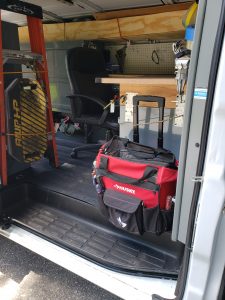 I have been witness to, and part of, the forward progress the automatic doors have made. In the past four decades, there are, like everything else, a lot of ‘plug and play’ electronics and designed to operate safer, and run longer without breakdown than their former counterparts. Emptying a huge air compressor of 10 gallons of milky white water every two weeks, or kneeling on a mat for two hours drilling out rusty screws out of mangled mat trim, (years before cordless tools) is almost a distant memory. The door operating systems now are electro mechanical operators powered by digital control boards, all self-contained in a header box above the door. These things are incredibly intelligent, accurate, efficient, and easy to work on once you have your foundation under you.
I have been witness to, and part of, the forward progress the automatic doors have made. In the past four decades, there are, like everything else, a lot of ‘plug and play’ electronics and designed to operate safer, and run longer without breakdown than their former counterparts. Emptying a huge air compressor of 10 gallons of milky white water every two weeks, or kneeling on a mat for two hours drilling out rusty screws out of mangled mat trim, (years before cordless tools) is almost a distant memory. The door operating systems now are electro mechanical operators powered by digital control boards, all self-contained in a header box above the door. These things are incredibly intelligent, accurate, efficient, and easy to work on once you have your foundation under you.
Let’s face it, most locksmiths, or as I call us ‘door guys’ learn most of the trade as it comes. We can’t say, “oh I’ve never worked on that before, so I can’t do this job” or we would starve. Obviously, you’re not going to service a medeco biaxial system on your own, in a government facility in your third week on the job. However, with each job, we make an immediate assessment on what the situation is and what is the shortest path to returning the situation to normal. So, whatever training or studying we get to do for career advancement is generally by ourselves, on our own time and money. The great thing is, if you want to learn safes, dig up all the courses, books and videos on safes you can find, and you’ll get better with safes.
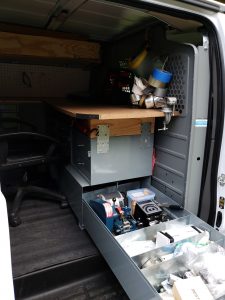 Generally, if we feel it will benefit our toolbox, we are a group who will find the means, make the time, and immerse ourselves in whatever the new skill may be. The extra income is obvious, but as I dig deeper, I know I just never liked the aspect of not being able to do the complete job. It is a great feeling, knowing you have the combination of skills to save your customer money, time and the headache of needing to call other companies in, waiting for a repair to get done.
Generally, if we feel it will benefit our toolbox, we are a group who will find the means, make the time, and immerse ourselves in whatever the new skill may be. The extra income is obvious, but as I dig deeper, I know I just never liked the aspect of not being able to do the complete job. It is a great feeling, knowing you have the combination of skills to save your customer money, time and the headache of needing to call other companies in, waiting for a repair to get done.
My career has been more of an automatic door guy, adding the locksmith hat than the other way around. Either way, a solid locksmith adding automatic doors to their toolbox is the creation of, an unstoppable hybrid technician. For my first 10 years or so, as an automatic door tech, I would show up to a customer’s place in the morning, and the manager would say to me, we had a locksmith out here last night but he said it’s a “door problem”. There were also a few calls where I myself had to say, I’ve done all I could to repair your door and lock, but you still need to call a locksmith. One day I just said to myself, “Why not learn Locksmithing?” That was about 20 years ago and now I am a solid locksmith and licensed in my state.
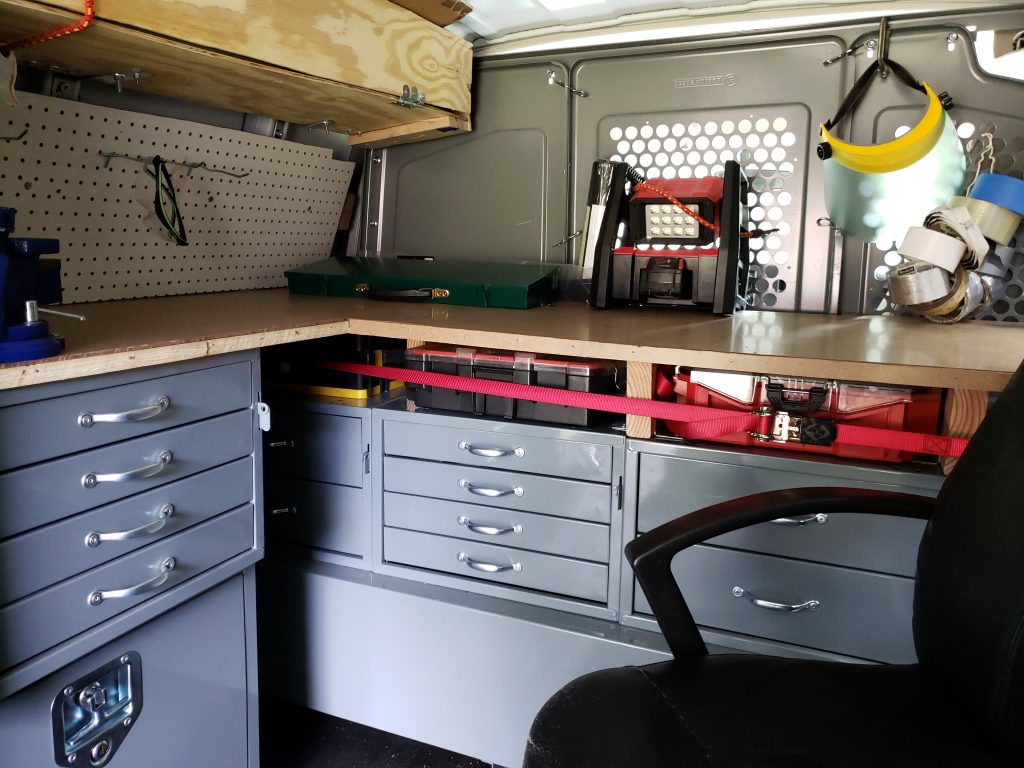
I am not sure how things are in the UK, but here in the United States, there are automatic doors, low or full energy, to enter every public building, it is impossible to drive 100 yards and not go by a dozen or more doors. There are many automatic doors throughout the buildings as well. The ADA (Americans with Disabilities Act) has made it legally-required for a person in a wheelchair to have access to any public building and once in the building, there are offices, cafeterias, certain spaces, and even restrooms that are also automated by Low Energy doors. From what I understand, we have the most stringent safety requirements for automatic doors to abide by.
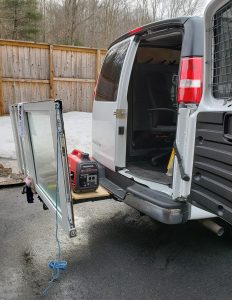 I spent just under six years building and putting this curriculum together. The program can be taken two ways, Low Energy doors by itself, which is 16 videos (22 hours of training), or one may chose the entire curriculum, 57 videos, containing approximately 60+ projects. The projects are Low Energy, Full Energy and Sliding Door Systems covered from the first step, to job completion.
I spent just under six years building and putting this curriculum together. The program can be taken two ways, Low Energy doors by itself, which is 16 videos (22 hours of training), or one may chose the entire curriculum, 57 videos, containing approximately 60+ projects. The projects are Low Energy, Full Energy and Sliding Door Systems covered from the first step, to job completion.
By viewing these projects and retaining the lessons in them, there is no doubt that a competent Locksmith can grow his customer base as well as generate more revenue in no time. Of course, anyone looking for a new job skill can also benefit from this program, immediately upon completion.
As a Locksmith, look back six months at how many commercial buildings you have been called into to service a lock, safe, maybe some kind of hardware, an exit device, a strike, door closer etc. In the time you were in that building, how many low energy doors had push plates, dangling on the wall by one last screw, from being abused all day, how many low energy doors were opening too fast, or not at all even though you activated the push plate switch. How many doors banging into the wall behind the door, or slamming into the frame. How many doors were dangling on hinges or pivots, just a day away from falling off?
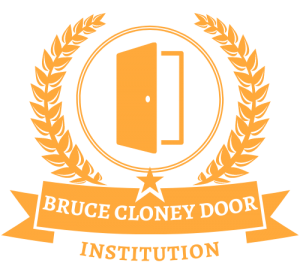 Why leave it for someone else? If you can fix a lock, you can fix these doors. That’s what this program is, a foundation for your business entry point into low energy doors, or perhaps a full time position, with all automatic doors, where your locksmith skills will shoot you to the head of the pack. Any way you look at it, if you’re trying to find more money as a locksmith, or just adding new skills to your toolbox, the above shows a very clear path towards both of these.
Why leave it for someone else? If you can fix a lock, you can fix these doors. That’s what this program is, a foundation for your business entry point into low energy doors, or perhaps a full time position, with all automatic doors, where your locksmith skills will shoot you to the head of the pack. Any way you look at it, if you’re trying to find more money as a locksmith, or just adding new skills to your toolbox, the above shows a very clear path towards both of these.
www.brucecloneydoorinstitution.com
